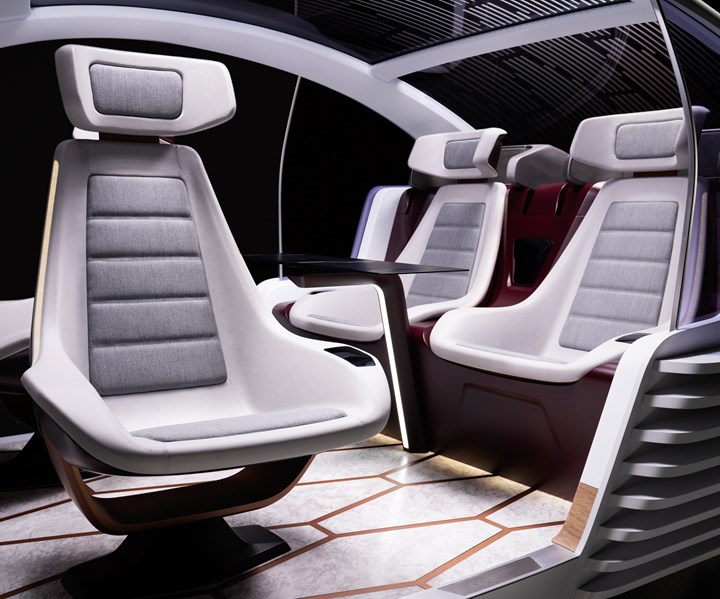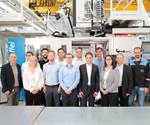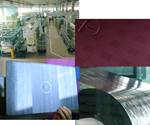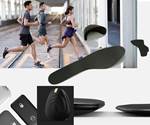Covestro uses Maezio thermoplastic composites for prototype future mobility interiors
Recently unveiled premium concept focuses on multifunctional design, comfort and lightweight.

use of a vehicle: The car will become a multifunctional, mobile living and
working space. This is the guiding principle of a premium interior concept for
future mobility recently unveiled by project lead Covestro and its development partners.
The concept focuses equally on functionality, comfort and design, but also on
efficiency and light weight, including innovative seating concepts, smart surfaces and integrated, personalized lighting. Covestro claims its high-tech materials open up a kaleidoscope of new possibilities for many different components.
New, lightweight seating and flexible tables
In these seats, Covestro’s Maezio brand continuous carbon fiber-reinforced polycarbonate composites materials provide a new aesthetic appeal and robust structure, while Makrofol® films combine design and functionality.
Related Content
-
Bladder-assisted compression molding derivative produces complex, autoclave-quality automotive parts
HP Composites’ AirPower technology enables high-rate CFRP roof production with 50% energy savings for the Maserati MC20.
-
Carbon fiber, bionic design achieve peak performance in race-ready production vehicle
Porsche worked with Action Composites to design and manufacture an innovative carbon fiber safety cage option to lightweight one of its series race vehicles, built in a one-shot compression molding process.
-
“Structured air” TPS safeguards composite structures
Powered by an 85% air/15% pure polyimide aerogel, Blueshift’s novel material system protects structures during transient thermal events from -200°C to beyond 2400°C for rockets, battery boxes and more.













